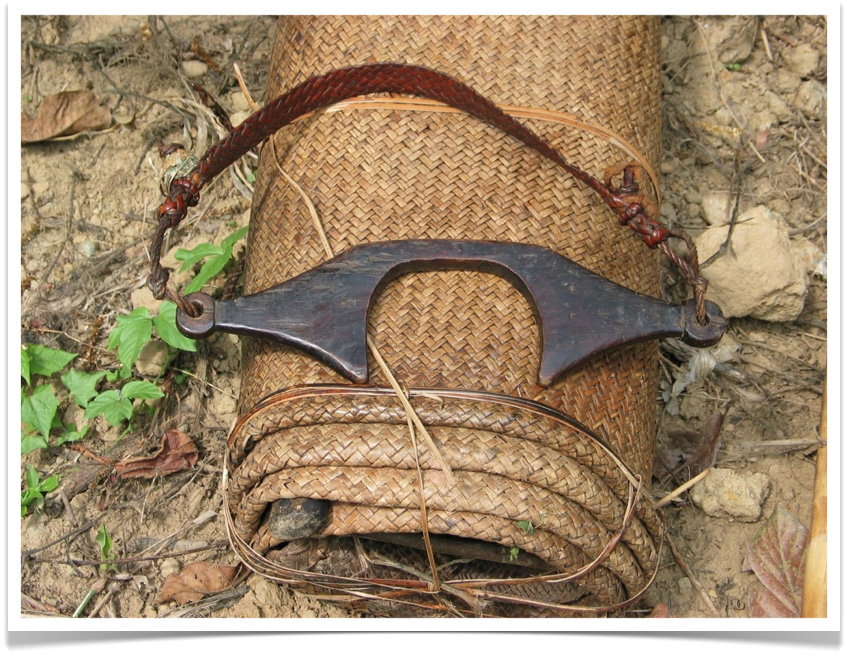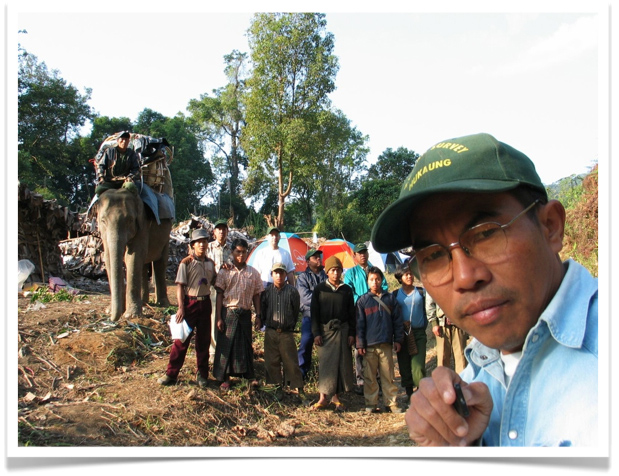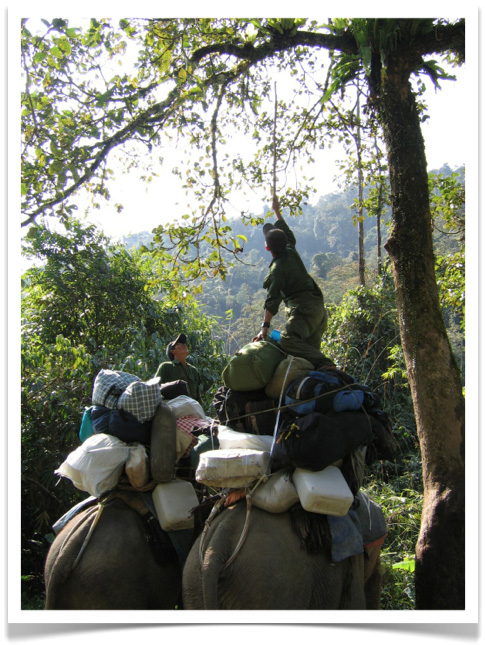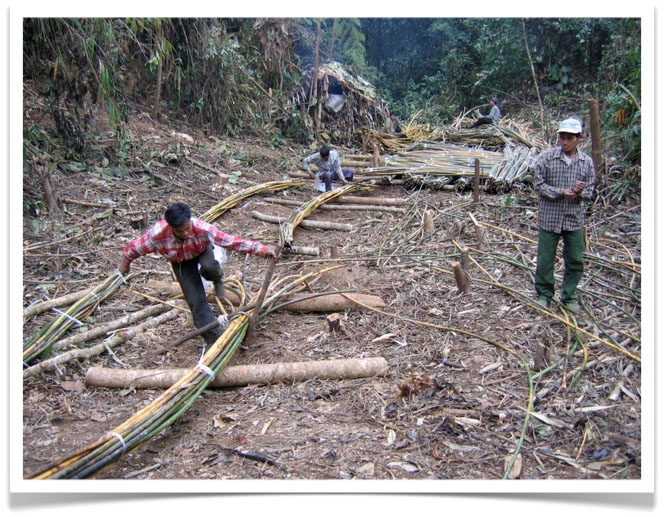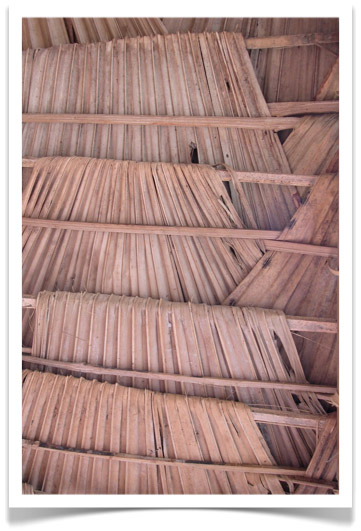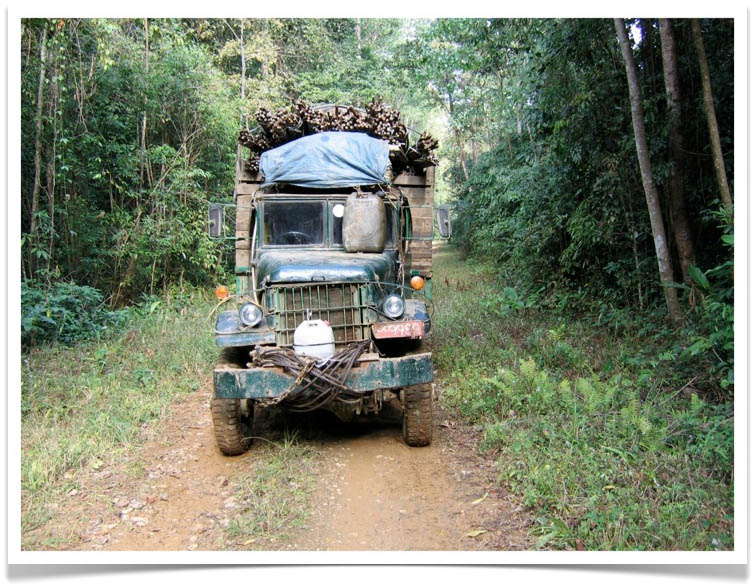Another Sunset
 Friday, September 7, 2012 at 9:38AM
Friday, September 7, 2012 at 9:38AM 
I keep finding new images from the Hukaung Valley expedition. This one is a beautiful sunset over the Tanai River after finishing up the fieldwork. Goes nicely with this and this. Oh, and this, too. See Myanmar 2005 for more details about the trip. [NOTE: Photo by the incomparable Tun Shuang (thx)].


